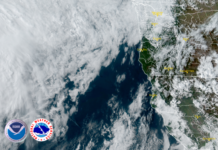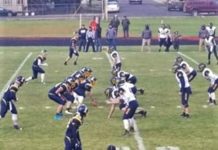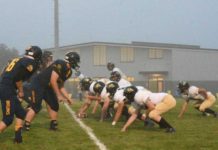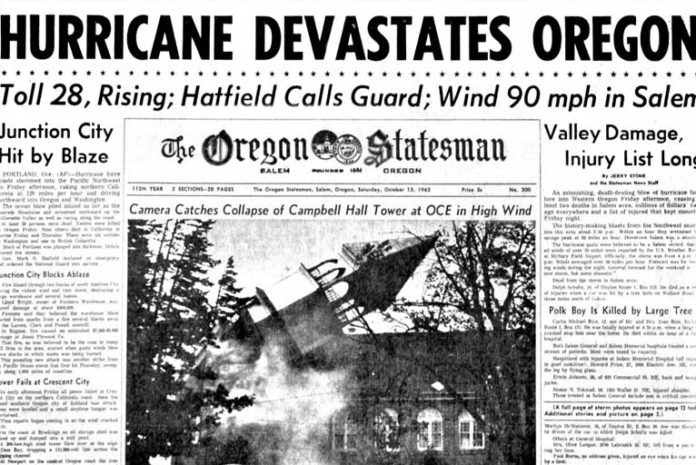Friday October 12th was the 56th anniversary of the Columbus Day Storm, also known as the “Big Blow”. This was the strongest wind storm on record for the Pacific Northwest.
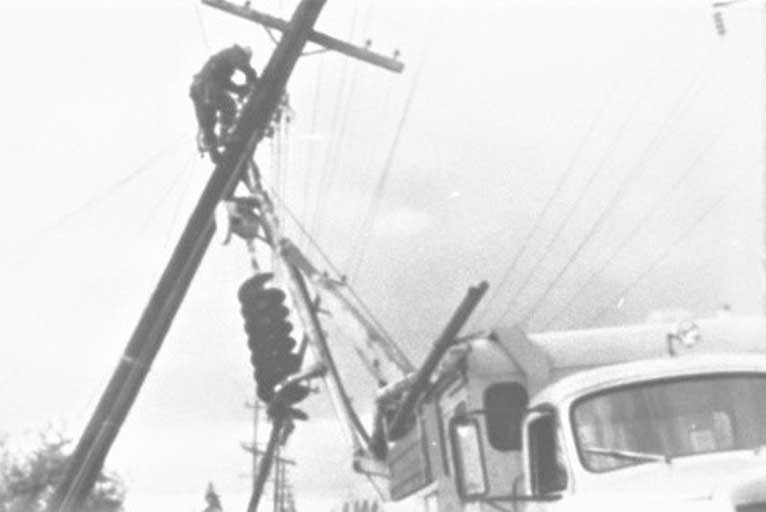
On the morning of Columbus Day, Friday, October 12, 1962, a massive storm hit the coast of the northwest. The storm had originated several days earlier in the Pacific Ocean. Re-energized by a combination of unusual meteorological conditions, the storm moved north gathering the force of a Category 3 hurricane. Originally named Typhoon Freda by meteorologists and called ‘the Big Blow’ by many, it may have been the most powerful extratropical cyclone ever to hit the western United States.
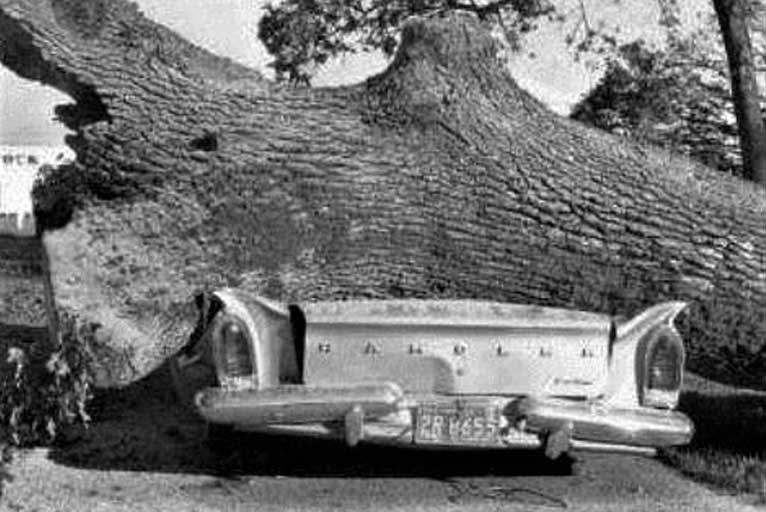
With barometric pressure plunging and with gusts at Cape Blanco’s Coast Guard station measuring at over 145 miles per hour. the damage caused by the Columbus Day Storm extended from the northernmost California coast to southern British Columbia. The storm caused billions in property damage and the death of over fifty people.
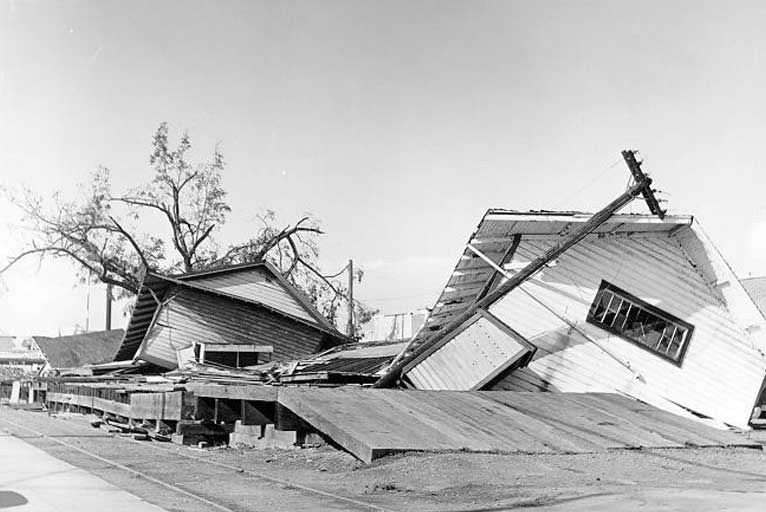
Accompanied by heavy rainfall, California suffered mudslides and damage to buildings and highways, and the World Series games between the New York Yankees and the Giants were canceled in San Francisco. In Seattle, the World’s Fair was in its final week of operation, and the swaying and groaning of the Space Needle forced its evacuation.
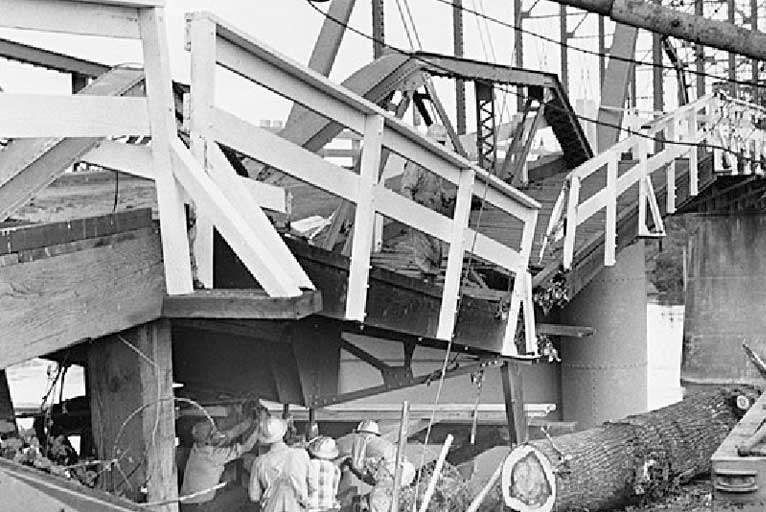
However, Oregon experienced the full brunt of the typhoon and suffered more damage than any other state. In addition to substantial damage to thousands of buildings, residential and commercial, along with miles of power lines, the severe winds toppled countless trees in western Oregon’s forests.
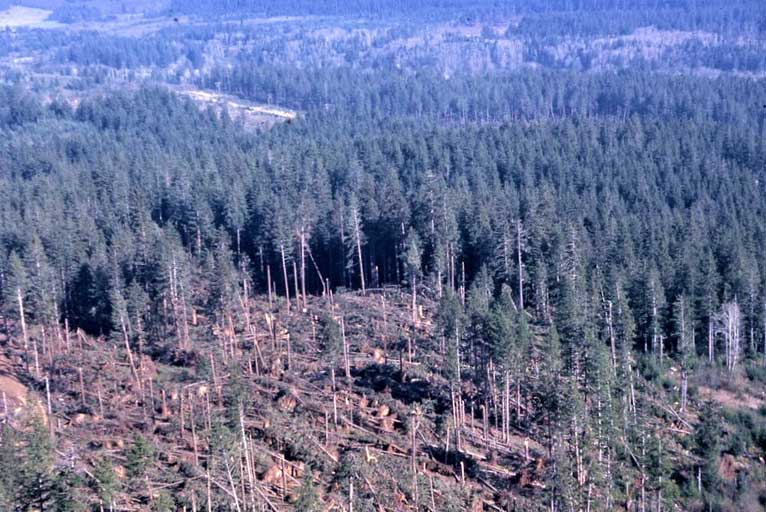
As it came near shore, winds exceeded 145 mph at Cape Blanco. Inland, winds reached 58 mph at Medford and 127 mph at Corvallis. Impacts were widespread over the area with large scale power outages. In the national forests of the Pacific Northwest, between 11 billion and 17 billion board feet of timber blew over, creating huge areas of fallen trees.
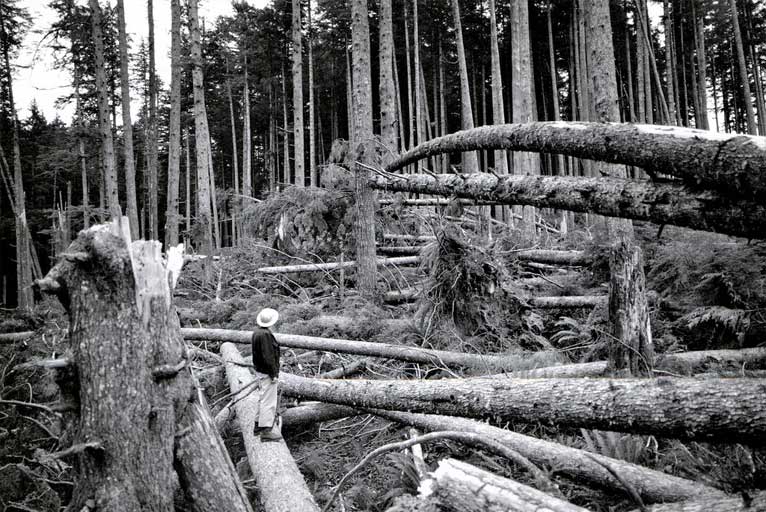
Immediately after the storm, Congress passed special funding for a highly accelerated emergency road-building and salvage-logging program to bring the wind-thrown timber to sawmills and plywood mills before it rotted, a challenge that the Forest Service met within a year.
Please Like, Share and Follow the …



